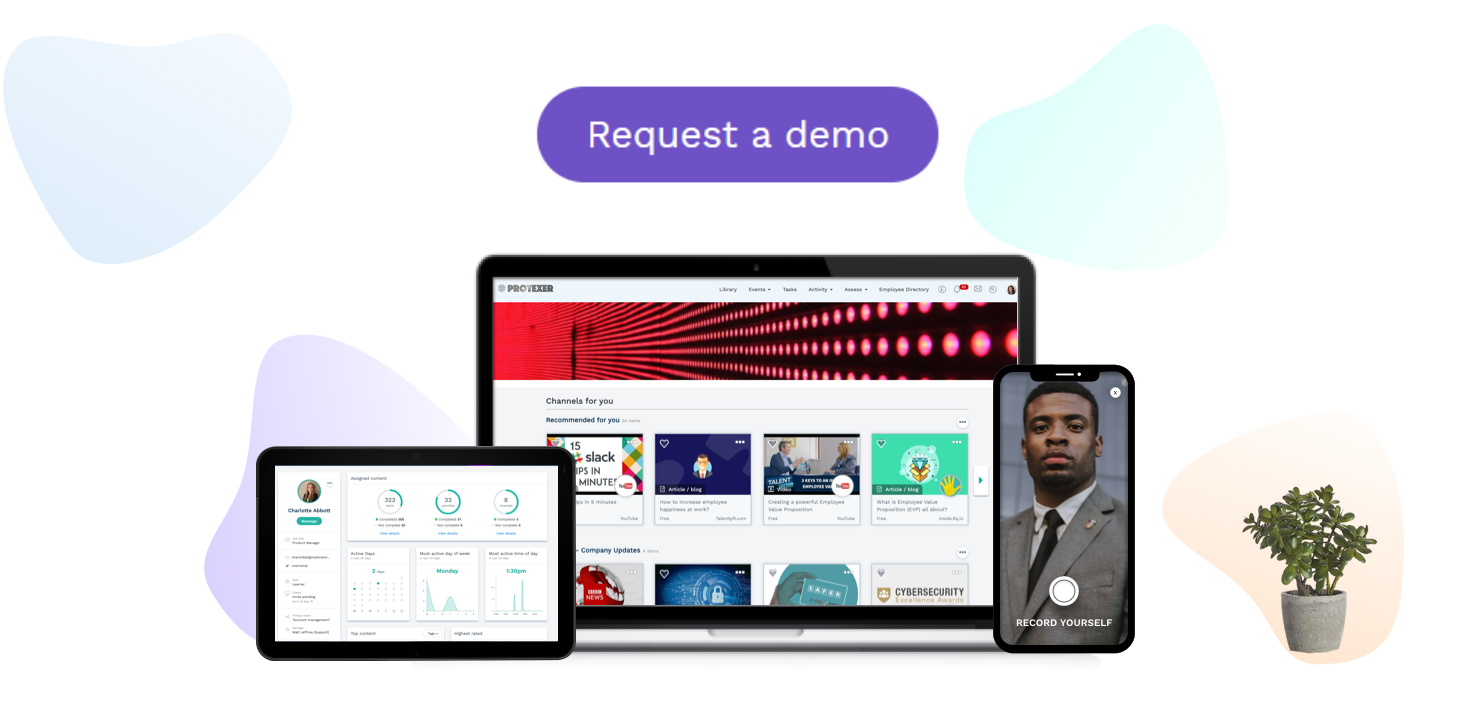To attract the best talent, you don’t have to pay more. Offering meaningful work, interesting problems, or a clear impact on society can be just as compelling as a fat paycheck.
Getting the best talent is incredibly valuable - McKinsey calculates that high performers can be up to 800% more productive than average employees[1]. However, 82% of companies say they struggle to attract that kind of talent. Could the solution be to pay less, rather than more?
This sounds a little counterintuitive, but hear us out. While common sense would suggest that you get what you pay for, in fact the psychology of pay is far more complex.
Top talent is looking for more than money
Imagine, for instance, that you’re looking to hire a world class developer. You might assume that the secret would be to offer a whopping salary - but Drip CEO and software engineer Rob Walling says this is missing the point[3].
Walling points to the Two-Factor Theory, which argues that job satisfaction can be broken into two groups of factors:
- Hygiene factors (like salary, benefits, security and perks); and
- Motivation factors (such as personal growth, learning opportunities, interesting problems to solve, and meaningful work).
Hygiene factors are necessary of course – few people want to work for free! But, past a certain point, motivation factors will be more likely to attract top developers than hygiene factors. Why? Because the characteristics of a great developer - curious, driven, and motivated by tough problems - are those that align more with motivation factors.
In other words, top talent wants fun problems, the latest tools to play with, and work that feels meaningful, more than they want more money. Statistics back this up - for instance, Stack Overflow’s Developer Survey consistently finds that most developers rate the “languages, frameworks and technologies I’d be working with” as the most important job factor when choosing between two similar roles. It’s likely that’s what’s true for developers will hold true for most creative or information-oriented roles.
Social contracts are more valuable than economic contracts
Behavioural research bears out Walling’s argument. In one study, volunteers were asked to complete a monotonous computer task, dragging circles into a box.
The first group were paid $5, the second $0.50, and the third nothing - they were told that they were doing the researcher a favour. In five minutes, the first group dragged 159 circles on average, the second group dragged 101 circles and the third 168[4].
These results are interesting on two counts. Firstly, incentive pay does work - the first group were paid more and performed better. However, it only works up to a certain point - the first group were paid ten times more than the second group, but performed only 50% better.
Assigning a meaning to the task was the most effective motivator. The group that believed they were being helpful performed significantly better than both other groups. In other words, meaningful work is more attractive than a higher salary.
This isn’t just a Millennial thing either. While Gen Z have a reputation for prioritizing financial security, in fact a recent survey by Deloitte found that they were less interested in salaries than any previous generation. What really matters to Gen Zers? “Interesting work,” work-life balance, and a company that lived up to its stated values with strong corporate social responsibility and diversity programs[5].
Increased pay may decrease employee performance
Management author Daniel Pink offered one group of volunteers $5 to solve a problem requiring lateral thinking. The other group was offered $25. The more incentivised group took far longer to solve the problem[6]. The theory goes that those with more to lose are more conservative and less likely to take imaginative risks to solve problems.
This isn’t to argue that salary doesn’t matter. Salary is a measure of status, and demonstrates the value that an employer places on your work. However, past a certain point, increasing salary offers diminishing returns on how attractive a job appears[8].
This isn’t just an issue for recruiters - it’s also worth bearing in mind when it comes to designing development structures . After a certain point, a pay increase may mean less than the opportunity to work on increasingly exciting or challenging projects, coupled with a regular performance review and small, incremental pay increases.
So, if more money isn’t the answer, how can you attract top talent?
1. Focus less on salary and more on offering meaningful work.McKinsey research suggests that to stand out as an employer of choice, you need to excel in any one of the four elements most valued by top talent[9]:
- Great rewards - paying more than your competition
- Great company - strong reputation, fantastic culture and a clear contribution to society
- Great leadership - inspirational, supportive managers
- Great job - fascinating problems to solve, high impact and meaning, opportunities for growth
Employers tend to focus on the rewards - possibly because they are the easiest to measure and implement in the short term. However, to attract the best talent, working on one of the other three elements may pay more dividends in the long run.
In fact, researchers have confirmed that people will cheerfully accept a lower salary to work for a great company or to be involved in projects they perceive as meaningful[10]. Paying attention to how you communicate your company mission, how you train your managers, and how you reinforce a rewarding company culture will help attract the best talent.
2. Design satisfying job roles with strong learning opportunities.Researchers at the University of British Columbia found that people would be prepared to accept a 20% lower salary for a job that provides more variety and opportunities to learn.
In fact, millennial employees consider the opportunity to learn and grow as the most important factor when choosing a job[11]. This trend is continuing into the next generation - Gen Z “proactively seeks out learning opportunities to enhance skills[12],” Deloitte’s researchers found. To tap into this enthusiasm for learning, create a strong learning and development program, and then promote it actively as part of your employer brand. Top talent will be attracted to a learning-oriented business.
3. Consider alternative sources of talent.To find top talent without paying top dollar, you might want to consider more innovative approaches to filling your recruitment pipeline. For instance, Ten Lifestyle Group used the Learn Amp employee experience platform to create their cutting-edge Employability Accelerator Program.
Recognising how hard it can be for young people to find work in today’s job market, the Employability Accelerator Program focuses on teaching job market entrants the key professional skills that will make them outstanding employees.
Young employees will bring energy, enthusiasm and familiarity with the latest digital tools, and might well be the perfect fit for hard to fill roles.
Resources:
[1] https://www.mckinsey.com/business-functions/organization/our-insights/attracting-and-retaining-the-right-talent
[3] https://robwalling.com/2006/10/31/nine-things-developers-want-more-than-money/
[4] https://www.peoplemanagement.co.uk/long-reads/articles/work-for-less-pay-psychology
[5] https://www2.deloitte.com/content/dam/Deloitte/us/Documents/consumer-business/welcome-to-gen-z.pdf
[6] https://www.peoplemanagement.co.uk/long-reads/articles/work-for-less-pay-psychology
[8] https://www.glassdoor.com/research/does-money-buy-happiness-the-link-between-salary-and-employee-satisfaction/#
[9] https://www.mckinsey.com/business-functions/organization/our-insights/attracting-and-retaining-the-right-talent
[10] https://www.frontiersin.org/articles/10.3389/fpsyg.2017.01649/full
[11] https://www.gallup.com/workplace/236438/millennials-jobs-development-opportunities.aspx
[12] https://www2.deloitte.com/content/dam/Deloitte/us/Documents/consumer-business/welcome-to-gen-z.pdf




